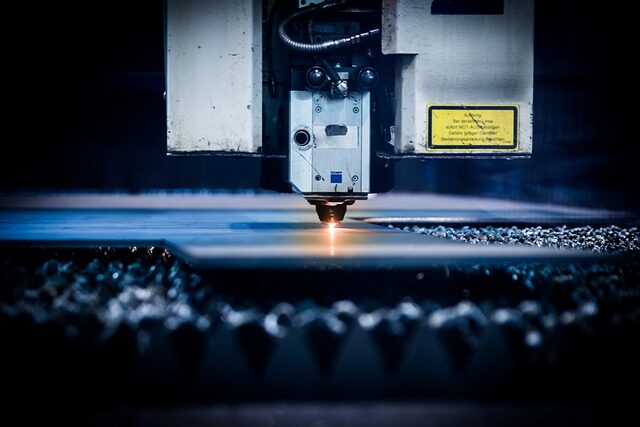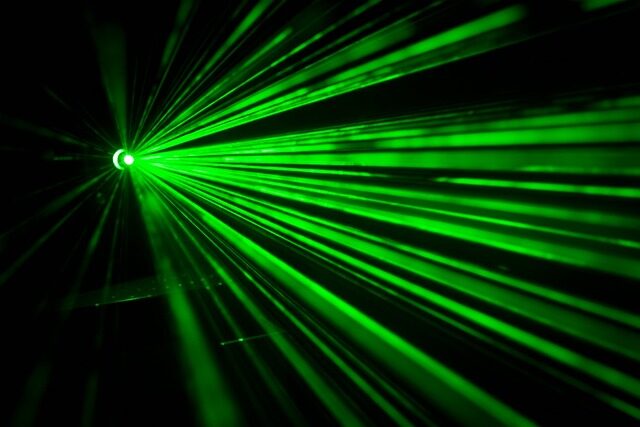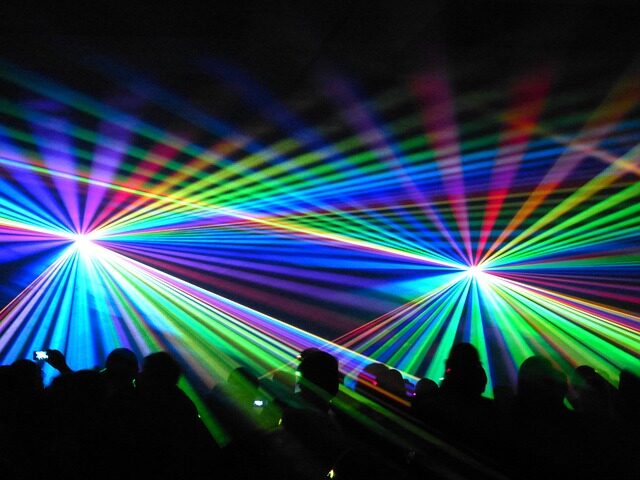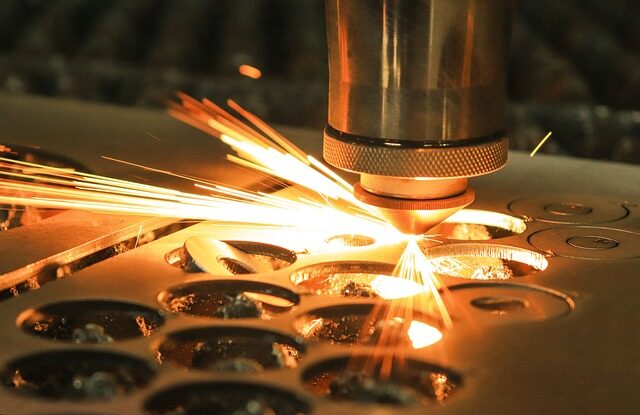Understanding Intense Pulse Laser Therapy and Its Benefits

Intense Pulsed Light (IPL) treatment, a form of light therapy, utilizes various wavelengths to improve the skin's appearance. This versatile procedure can address a range of issues, from photoaging effects such as sun spots and wrinkles to unwanted hair, offering a non-invasive solution for skin rejuvenation.
FDA-approved and recognized for its efficacy, IPL has become a popular option within the realm of cosmetic dermatology. Its ability to provide targeted treatment without significant downtime has positioned it as an ideal choice for individuals looking for noticeable improvements in skin texture and tone.
- What is intense pulsed light (IPL) treatment?
- How does intense pulsed light therapy work?
- What are the benefits of intense pulsed light therapy?
- What areas can be treated with intense pulsed light?
- What does an intense pulsed light session involve?
- Are there any side effects of intense pulsed light treatment?
- How does intense pulsed light compare to laser treatments?
- Frequently asked questions regarding intense pulse laser therapy
What is intense pulsed light (IPL) treatment?
IPL treatment, often referred to as photorejuvenation, is a technology used by dermatologists to perform various skin treatments for aesthetic and therapeutic purposes. It involves the use of a broad spectrum of light with multiple wavelengths to target different skin concerns.
The procedure is known for its versatility, as it can be calibrated to reach different depths in the skin, making it effective for treatments such as pigment changes, sun damage, and hair removal. Unlike laser treatments that use a single wavelength, IPL covers a wider range of wavelengths to target multiple conditions at once.
IPL therapy is generally less intense than laser treatments, which means it can offer a gentler approach to skin rejuvenation. However, it often requires multiple sessions to achieve the desired results.
How does intense pulsed light therapy work?
The principle behind IPL therapy is selective photothermolysis, where specific wavelengths of light are absorbed by pigmented cells or blood vessels, causing them to heat up and disintegrate without damaging surrounding tissues. The body's natural healing processes then remove the affected cells, improving the skin's appearance.

The treatment involves the use of a handheld flashgun to deliver precise amounts of light to the skin. The wavelengths can be filtered to target specific skin issues, such as redness, pigmentation, or dilated blood vessels.
As the light penetrates the skin, it stimulates collagen production, leading to firmer, smoother skin over time. This process is crucial for the skin's natural renewal and plays a significant role in the long-term results of IPL treatments.
What are the benefits of intense pulsed light therapy?
IPL therapy offers several benefits, including improving the appearance of sun-damaged skin, reducing pigmentation and age spots, and treating broken capillaries and redness. It can also help with acne management and reducing the appearance of fine lines and wrinkles by stimulating collagen production.
The non-invasive nature of IPL and the minimal downtime required make it an attractive option for those with busy lifestyles. The treatment sessions are usually quick, lasting about 20-30 minutes, and can easily be fitted into a lunch break.
Another benefit of IPL therapy is its suitability for multiple areas of the body. It is most commonly used on the face, but it can also effectively treat the neck, chest, hands, and other areas exposed to sun damage.
What areas can be treated with intense pulsed light?
IPL therapy is commonly used for facial treatments, but it is also effective on the neck, chest, hands, and other body areas. It's particularly beneficial for treating the following:

- Sun-damaged skin
- Freckles and age spots
- Spider veins and broken capillaries
- Acne scars and rosacea
- Unwanted hair
The versatility of IPL treatment makes it a suitable option for a wide range of skin types. However, individuals with darker skin tones should consult with a dermatologist before proceeding, as the melanin in their skin may absorb the light differently.
What does an intense pulsed light session involve?
An IPL session typically begins with the application of a cooling gel to the targeted area. The patient and technician both wear protective eyewear. The IPL device is then adjusted based on the specific skin condition being treated.
During the procedure, patients may feel a tingling sensation, often compared to the snap of a rubber band against the skin. The number of pulses and the overall length of the treatment will depend on the area being addressed.
Post-treatment, patients may experience some redness and swelling, similar to a mild sunburn, but this usually subsides within a few hours to a few days. It's important to follow aftercare instructions, such as avoiding sun exposure and using sunscreen.
Are there any side effects of intense pulsed light treatment?
While IPL therapy is generally safe, some side effects can occur. These may include temporary redness, swelling, and mild discomfort. In rare cases, blistering, bruising, or changes in skin pigmentation can happen.
It's crucial to have IPL treatments performed by a qualified professional to minimize risks. Individuals with certain skin conditions or skin types may need to take extra precautions or might not be suitable candidates for IPL therapy.

Prior to treatment, a skin consultation is necessary to assess the patient's skin type and condition, as well as to discuss any potential risks or contraindications.
How does intense pulsed light compare to laser treatments?
IPL and laser treatments both use light to address skin issues, but they operate differently. Lasers use a single wavelength of focused light for precise targeting, while IPL uses a broad spectrum of wavelengths that can treat multiple conditions simultaneously.
Lasers can be more intense and offer more dramatic results in some cases, but they also come with a higher risk of side effects and a longer recovery period. IPL treatments, on the other hand, offer a gentler approach with a focus on gradual improvement and less downtime.
IPL is often preferred for skin rejuvenation and addressing superficial skin concerns, while lasers might be selected for deeper or more stubborn issues.
Here's a helpful video that goes into more depth about IPL treatment:

Frequently asked questions regarding intense pulse laser therapy
What does intense pulsed light do?
Intense Pulsed Light, or IPL, therapy uses light energy to target and repair damaged skin cells or hair follicles. It is effective in treating a variety of skin conditions such as sun damage, hyperpigmentation, and vascular lesions. IPL can also remove unwanted hair and stimulate collagen production, leading to healthier and younger-looking skin.
By delivering broad-spectrum light that penetrates multiple layers of skin, IPL can address several concerns at once with little to no downtime. It's a flexible treatment that can be customized according to the patient's skin type and desired outcomes.
What are the side effects of intense pulsed light therapy?
The side effects of IPL therapy are typically mild and temporary. The most common include redness, swelling, and mild pain during the treatment. Some patients may experience minor bruising or blistering, but these effects usually resolve quickly. To mitigate side effects, it's essential to follow the post-treatment care instructions provided by the practitioner.
While serious complications are rare, they can occur, especially if the treatment is not conducted by a licensed professional. Therefore, ensuring the procedure is performed at a reputable clinic is crucial.
What does long pulse laser do?
Long pulse lasers are designed to penetrate deeper into the skin without damaging the surface layer. This type of laser is particularly effective for treating deeper vascular lesions, leg veins, and hair removal in darker skin tones. The long pulse duration allows the laser to heat the targeted cells more gradually, reducing the risk of surface burns.
Similar to IPL, long pulse lasers stimulate collagen production, but they are more focused in their application, making them suitable for more specific treatments.

What is pulse laser therapy?
Pulse laser therapy refers to treatments using a laser that emits energy in pulses rather than a continuous beam. This approach allows for more precise control over the amount of energy delivered to the target area, minimizing the risk of damage to surrounding tissues. Pulse laser therapy is used for a variety of skin treatments, including tattoo removal, pigmented lesion treatment, and skin resurfacing.
The specificity and intensity of pulse lasers make them an excellent option for addressing concentrated areas of concern, offering results that are often more immediate and noticeable than those achieved with IPL.
Understanding the nuances of intense pulse laser therapy can empower individuals to make informed decisions about their skin health. Whether seeking treatment for cosmetic reasons or medical necessity, IPL therapy presents a viable option for many, delivering results with minimal discomfort and downtime.

Leave a Reply